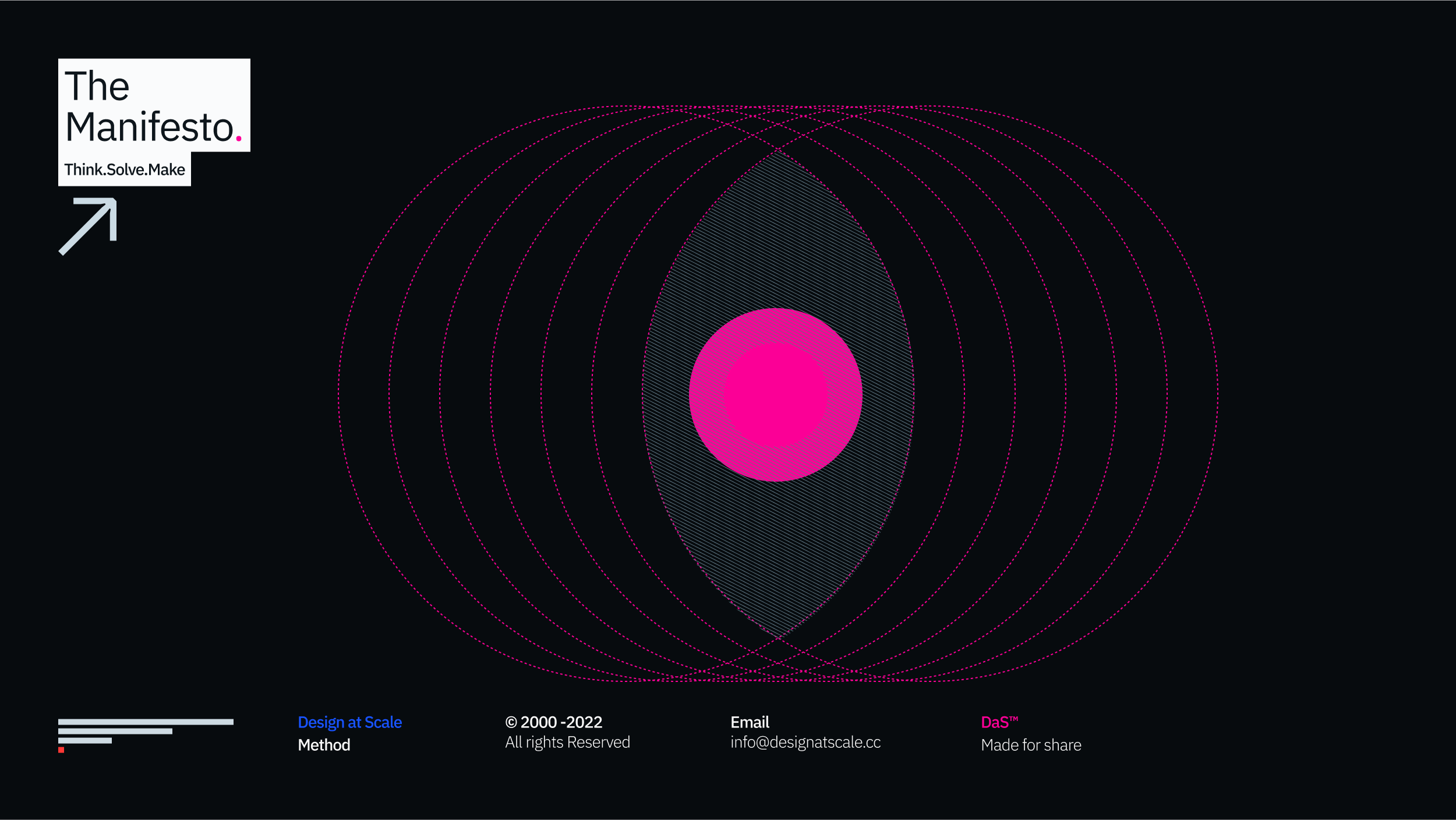Welcome to Design at Scale – this article will focus on the mindset and how implementing such a mindset can make a difference in Product Design Delivery. To understand the mindset definition, let’s borrow the description from the encyclopaedia:
In “the decision theory” and general systems theory, a mindset is a set of assumptions, methods, or notions held by one or more people or groups of people.[001]
On the other hand, a design mindset utilises the assumption around the concept that reflects the holistic answer to a specific problem under common understanding and well-communicated outputs (reflecting monetary/business purpose) to achieve desired outcomes.
These mindsets builts around professions. Historically, companies created teams and later departments. Departments that hold the functions are inevitably risk reversed [002]. Protecting knowledge is the mindset where only the department has the expertise and can execute it. The design department is responsible for all design in the company. The accounting department is responsible for the salaries.
“New eras require a new mindset,
the mindset of scale.“
– Jiri Mcc, Greenwich, London, 2015
A challenge mindset creates a well-diverse product team where several disciplines collaborate on one specific outcome. Insight teams protect what they find. Researchers test what they think is essential for the imaginary user. Designers design what they believe is right, and developers build what they can and could work on in the next 3-6 months. Otherwise, no one from the above gets paid in the end – fun aside.
Is there a different way?
Of course, there is always a better way. Whether you are using methods like oportunity management[003], Stage and Gate[004] or Phase gate[005], the most significant impact on the team and the delivery is transparency. Deciding to create a “knowledgebase” would be the most thoughtful way to capture, manage and distribute the knowledge within and outside the team. This allows all participants to create the “baseline” for making self-organised and well collective decisions without extra effort and waste chatter on communication software[006] [007] or another medium.
Mindset
A DaS™ mindset – can be seen as
A person's unique perspective or philosophy of project delivery allowing these individuals to act (thought process involving understanding, collaborating, learning, and staying flexible) to achieve high-performing results on a specific task, decision or outcome necessary to deliver an incremental value to the team and the customer.
This mindset guides the team members and allows them to collectively adapt to change rather than struggle individually or in silos[008]. It prevents other chatter and loss of valuable information when concentrating on clarity throughout the process.
Initially, this could sound rigid or hard to digest, and of course, there is a transition period for the team. Eventually, the team even make it or breaks it. Those who make it work less and more efficiently, those who don’t will complain about how “busy they are”.

“We have always done it this way.”










